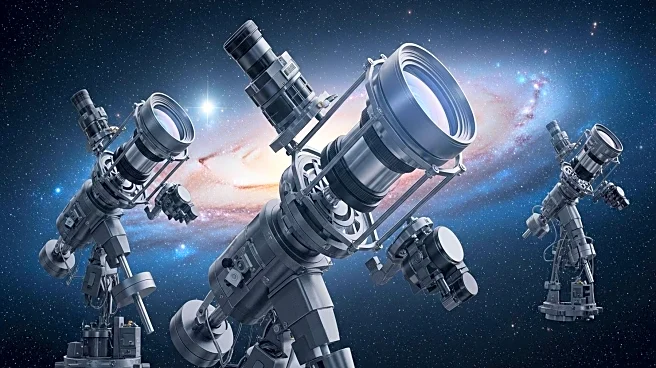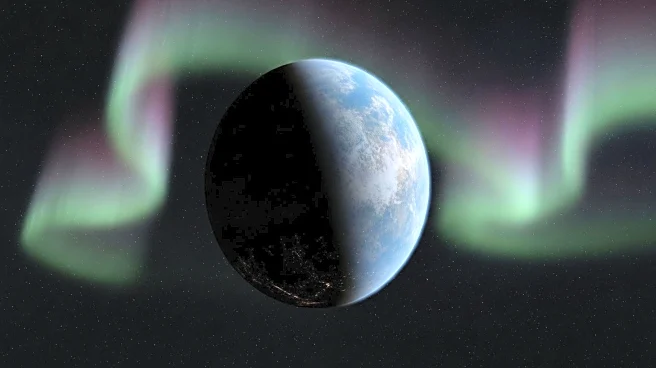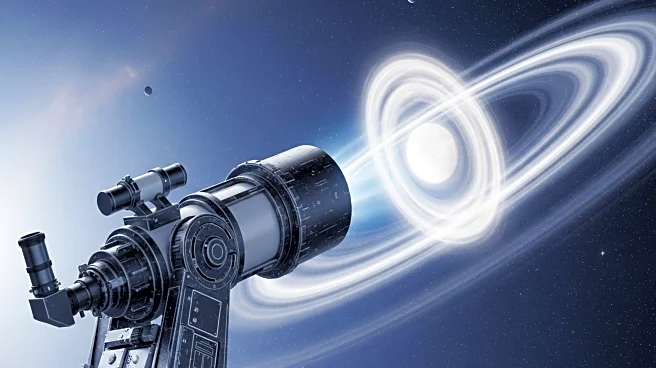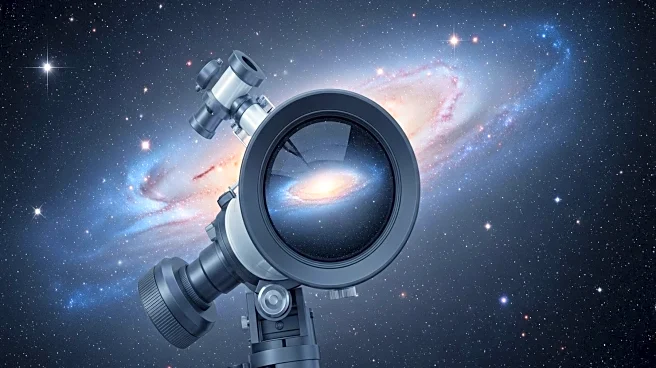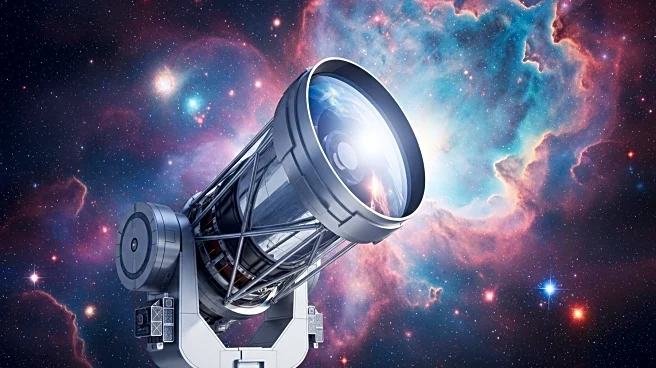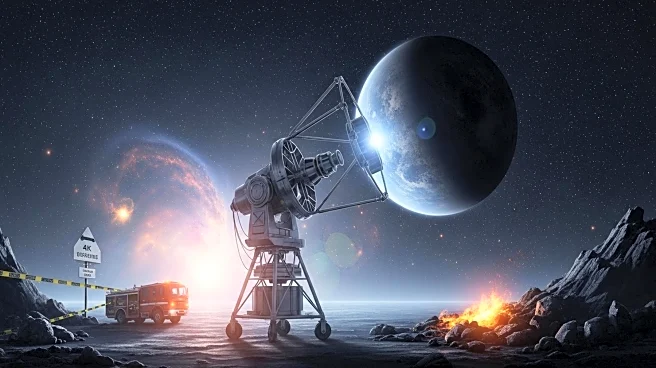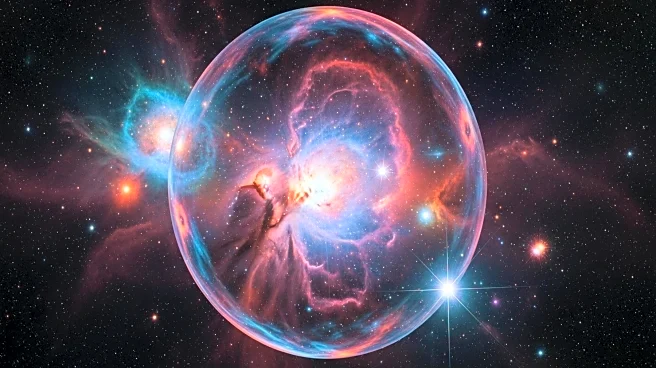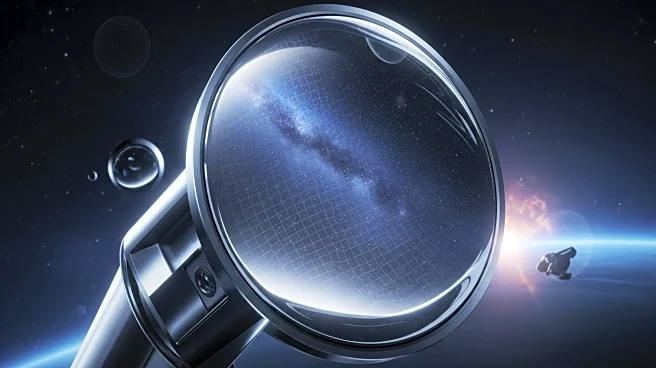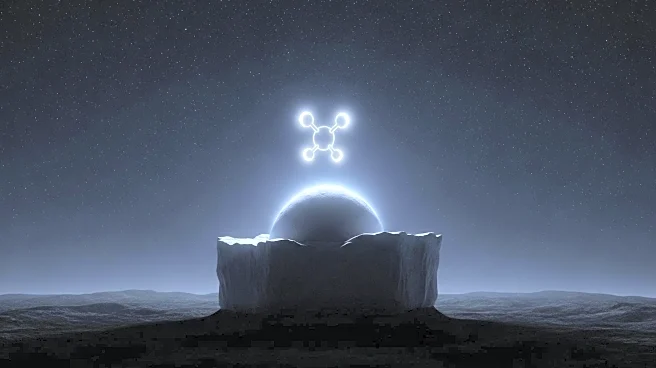What's Happening?
NASA is developing the Exo-C mission, a space telescope designed for high-contrast imaging of extrasolar planetary systems. The mission, which began its concept development in 2013, aims to employ precision wavefront control to detect exoplanets and disks with unprecedented contrast levels. Exo-C is expected to surpass the capabilities of current ground and space telescopes, enabling detailed studies of giant planets and circumstellar debris disks. The mission is positioned as a technology pathfinder, paving the way for future missions to directly image Earth-like planets.
Why It's Important?
The Exo-C mission represents a significant advancement in the field of exoplanet research. By achieving high-contrast imaging, it will provide critical insights into the composition and characteristics of distant planetary systems. This mission could lead to breakthroughs in understanding the formation and evolution of planets, including those that may harbor life. The technological innovations developed for Exo-C will also contribute to the design of future space telescopes, enhancing the overall capabilities of space exploration.
What's Next?
NASA is considering Exo-C as a potential new start in fiscal year 2017, contingent on the progress of other missions like AFTA/WFIRST. If approved, Exo-C will proceed with its mission design and development, aiming for a launch in the coming years. The mission's success could influence the direction of future exoplanet exploration efforts, potentially leading to the discovery of habitable planets.

